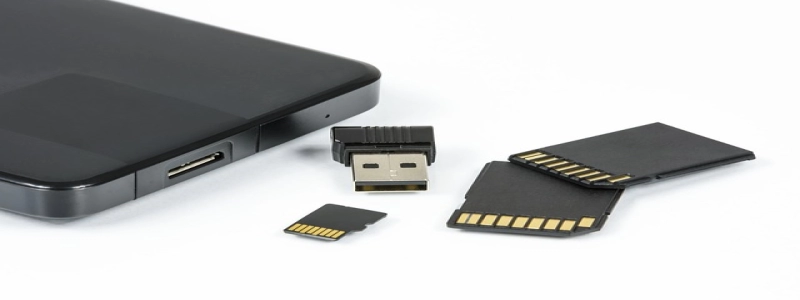Measure Wavelength
I. Introduction
A. Definition of wavelength
B. Importance of measuring wavelength
C. Brief overview of different methods to measure wavelength
II. Spectroscopy
A. Explanation of spectroscopy
B. Use of spectroscopy to measure wavelength
C. Types of spectroscopy techniques
III. Interferometry
A. Definition of interferometry
B. Interferometry as a method to measure wavelength
C. Interferometer types used in measuring wavelength
IV. Grating Spectrometry
A. Overview of grating spectrometry
B. How grating spectrometry measures wavelength
C. Advantages and limitations of grating spectrometry
V. Michelson Interferometer
A. Introduction to Michelson interferometer
B. How Michelson interferometer measures wavelength
C. Applications of Michelson interferometer in measuring wavelength
VI. Conclusion
A. Summary of different methods to measure wavelength
B. Importance of accurate wavelength measurements
C. Future advancements in wavelength measurement techniques
In this article, we will discuss the various methods used to measure wavelength. Wavelength is defined as the distance between successive crests or troughs of a wave. It is a fundamental property of waves and is crucial in various scientific and technological applications.
Measuring wavelength accurately is of great importance in several fields such as optics, telecommunications, astronomy, and chemistry. Accurate wavelength measurements allow scientists and engineers to determine the properties of light, analyze chemical compounds, study celestial objects, and ensure the efficiency of communication systems.
One commonly used method to measure wavelength is through spectroscopy. Spectroscopy involves the analysis of the interaction between light and matter. Different spectroscopy techniques such as absorption, emission, and Raman spectroscopy can be employed to measure wavelengths accurately.
Interferometry is another powerful method to measure wavelength. Interferometry utilizes the interference patterns created by the interaction of light waves to determine the wavelength. Various types of interferometers, including Michelson, Mach-Zehnder, and Fabry-Perot, can be used to achieve high-precision wavelength measurements.
Grating spectrometry is a specific technique within spectroscopy that relies on a grating to separate and analyze the different wavelengths of light. By measuring the angle at which different wavelengths are diffracted, the precise wavelength can be determined. Grating spectrometry is widely used in scientific research and industrial applications due to its high accuracy.
The Michelson interferometer is a specific interferometer that is commonly used in the measurement of wavelength. By splitting a beam of light using a partially reflective mirror, the Michelson interferometer creates interference fringes that can be used to determine the wavelength. This technique has numerous applications, including in the field of fiber optics and optical coherence tomography.
In conclusion, measuring wavelength accurately is essential in various scientific and technological fields. Spectroscopy, interferometry, grating spectrometry, and the Michelson interferometer are among the commonly used methods to achieve precise wavelength measurements. As technology advances, new techniques and instruments will continue to emerge, further enhancing our ability to measure wavelengths accurately.








